AI for (not so) good: are recruitment algorithms a threat to atypical profiles?
Mar 22, 2023
5 mins
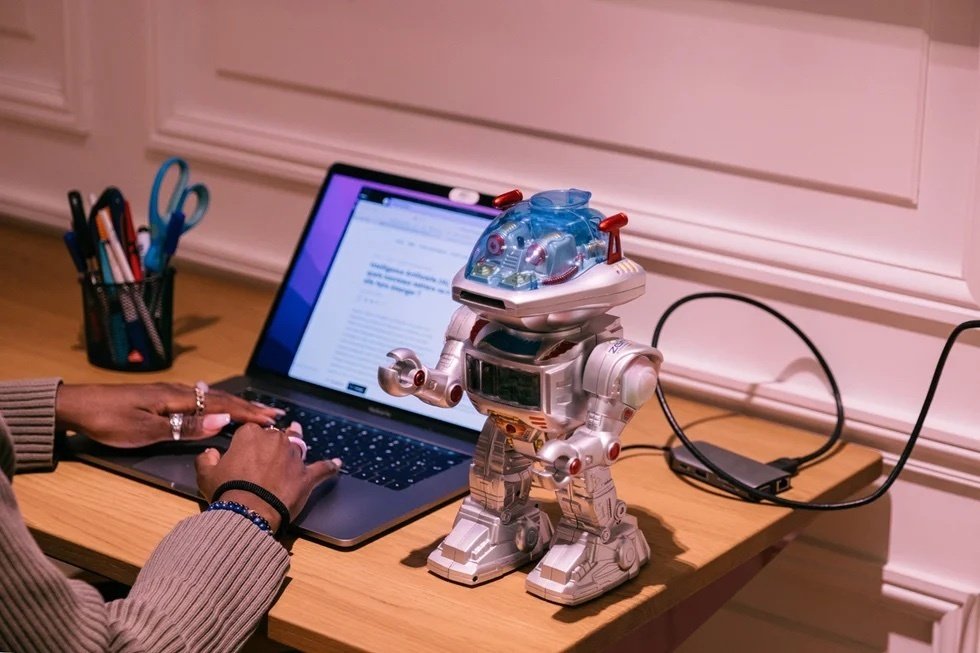
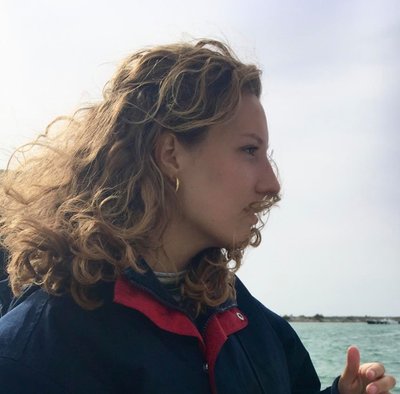
Journaliste - Welcome to the Jungle
Artificial intelligence (AI) has come on in leaps and bounds in recent years. After administration, healthcare, and even security, it’s now making waves in the world of recruitment. But if the human element is taken out of the recruitment process, what will become of candidates with non-standard, “atypical” profiles? We asked Pierre, a tech specialist at a recruitment agency, and Alexandre Pachulski, a Doctor of Computer Science, artificial intelligence expert, and co-creator of Talentsoft, to shed some light on the issue.
AI tools are already widely used in the professional sector, not least in recruitment. However, while it can be extremely helpful for signing contracts, chasing up candidates, or publishing job descriptions, HR operatives are less enthusiastic about the value of AI in selecting candidates. They’re concerned that only one type of “standard” profile will emerge, based on the criteria defined by the algorithms. Candidates who deviate from this model in any way may be filtered out. But are recruiters right to be worried?
AI: a threat to atypical candidate profiles?
In some sectors, candidates are so scarce that recruiters have to adopt a wide-net approach to fill available posts. “In recruitment or tech, the temptation to optimize the search stage is huge, given the greater effort it now requires,” says specialist recruiter Pierre. At first glance, AI seems to offer answers. But the reality doesn’t live up to the promises: “My agency trialed an automated candidate sourcing process, but the experiment ended in failure. The first reason was that the error margin is too wide: you end up contacting a lot of people for nothing.” For instance, he recalls reaching out to a candidate who had been pre-selected by AI for a senior role based on their training and experience, only to find that they’d only been in their current role for two months. “Mistakes at the point of first contact are one of the worst things that can happen in recruitment,” says Pierre. “If you lose your credibility with candidates, you lose their trust.”
And that’s not all. The algorithms used in AI are unlikely to pick up on the major strengths of atypical candidates who don’t meet the precise criteria given in the job description. For recruiters, this is why the sourcing process can’t be successfully automated as it currently stands. “When I’m looking through resumes, one may stand out for some reason, even if I can’t put my finger on it. An unusual career pathway or educational background may grab my attention, and I’ll want to call that candidate to find out more.”
Artificial intelligence cannot replicate human curiosity, and as such, it poses a threat to atypical candidates. These systems are designed to pick up on qualifications and experience in related posts while ignoring other details. But, “recruitment professionals are aware of these limitations,” indicates Pierre. “And in many cases, a candidate who hasn’t followed the right training programs and/or doesn’t have the precise type of experience specified in a job listing may actually be the best prospect for the job in question.” Personal connections, outside interests, adaptability, and curiosity are all elements that won’t be detected automatically but will interest recruiters who read your resume and/or invite you in for an initial interview.
What companies want, what companies need: solving the recruitment equation
Contrary to popular belief, the difficulties facing candidates following a career change or finishing an online course cannot entirely be blamed on the introduction of recruitment algorithms; the issue was there before. “Artificial intelligence itself isn’t responsible for discriminating against atypical profiles,” states Pachulski. The responsibility lies with the people who input the selection rules. Pierre has seen this on many occasions in his work with client companies who use AI to scan resumes. “The resumes I send them are analyzed using keywords chosen by company executives,” he explains. This means that a developer who’s self-taught, or has come through a community college rather than a prestigious computing and engineering school, won’t make it past the first step—no matter how good they are. “It’s frustrating to hear clients complain that there are no suitable candidates for their jobs, when I know that there are people out there who have all the necessary qualities to succeed but get turned down because they don’t tick the right boxes,” says Pierre.
While attitudes toward recruitment have evolved in recent years, some recruiters are reluctant to move away from entrenched ideas of what they’re looking for. “A candidate who’s like them, in whom they can see themselves and who’s likely to develop along predictable lines has a greater chance of success,” says Pierre. However, the new generation of candidates is increasingly different from the recruits of decades gone by. “Today’s candidates are more likely to have followed multiple career pathways, switched direction, or retrained at some point in their professional lives: the old, linear approach to career development is becoming the exception, rather than the norm,” says Pachulski.
Our expert believes that combining old ways of thinking with new technology is a recipe for disaster. “If algorithms are designed to pre-select candidates in a completely impersonal way, then we’re just discriminating more efficiently.” Pierre is always struck by the human aspect that comes into play when matching an atypical candidate with open roles: “When it works, it’s a sign that the company is willing to adapt and has allowed the candidate to prove themselves through technical tests—because I pushed them, and because the candidate made a good impression when they finally met the client.”
A new approach to artificial intelligence
Unfortunately, in the professional sector, “we don’t tend to focus on finding out what we could do better, or differently,” states Pachulski. Rather, key aims may lie in monetization and efficiency, which can lead to a reduction in staffing needs. “HR operatives didn’t start using AI for annual reviews so that they could collect data, make new connections, or identify new approaches,” he shares. They simply wanted to digitize review forms to make the whole process faster. A similar situation may be developing in recruitment. If human recruiters are unwilling to take a closer look at atypical candidates, then their bias will carry over into the new technologies they use. “That’s a shame,” says Pachulski, “because AI offers answers to genuine needs in society—not least current recruitment challenges”
Pachulski adds: “I think that AI should not be used to simply automate existing practices, but to respond to bigger issues, such as the mismatch between candidate supply and demand.” In this particular context, AI could be used to highlight the untapped potential of atypical candidates, rather than focusing on their existing skills and experiences.
Reinventing the world of work
One of the main issues at stake in developing AI tools is linked to developing a more people-based approach, less focused on production and capitalist values than you might think. However, for the “human” aspect of human resources to take the lead, we need to rethink the role of work in modern society—and that’s easier said than done. “We need to stop seeing jobs as simply a means paying the rent and start thinking about the role of professional activity within our lives as a whole, in terms of personal satisfaction, in terms of the global response to climate change, and everything in between,” Pachulski insists. The reason we haven’t developed a more “human” approach to AI-based recruiting is simple: the system has yet to demand it.
For our expert, the key issue is, “how to make directors, managers, and other users of these new forms of AI aware of the need to identify key values in atypical profiles.” It’s time to reverse the paradigm: instead of focusing on those candidates who best correspond to a job description, we need to identify individuals with the untapped potential to perform at exceptional levels. “These candidates have demonstrated their ability to develop new skills, and adaptability is their greatest strength. In an increasingly uncertain world, we need to adapt constantly in order to survive: today’s atypical candidates may well be tomorrow’s high-fliers.”
The issues surrounding atypical profiles in recruitment highlight the threats posed by artificial intelligence, which reproduces and amplifies the discriminatory mechanisms at work in the human-based process. Nevertheless, AI technology offers huge promise for the future—if it’s taken in a direction that allows it to respond to genuine human, social, and, indeed, professional needs.
Translated by Catherine Prady
Photo: Welcome to the Jungle
Follow Welcome to the Jungle on Facebook, LinkedIn, and Instagram, and subscribe to our newsletter to get our latest articles every day!

More inspiration: Job hunting in the digital age
Navigate the digital job search landscape with these tips on online job search, social media job search, and using job search apps and tools.
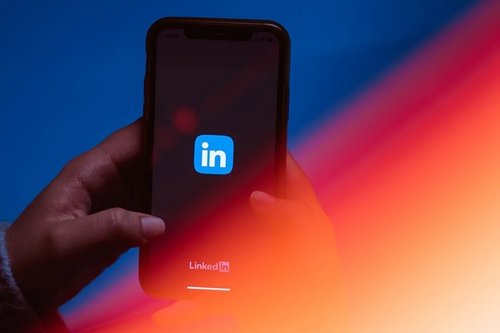
LinkedIn etiquette: the thin line between authenticity and TMI
Ever cringed at a LinkedIn post that went too far? Discover the secret to striking the perfect balance.
Jun 19, 2023
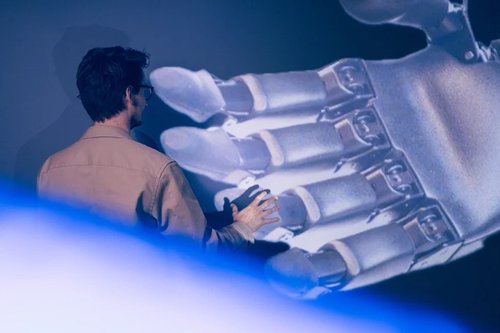
The rise of AI-assisted resume building
AI is reshaping the job hunt. Learn how to harness its power for crafting irresistible resumes, and stand out in the job market!
May 17, 2023

ChatGPT: are AI-generated cover letters the way forward?
Thinking of using AI to speed up your job search? Think again.
Jan 26, 2023

Virtual job fairs: how to maximize your experience
Whether you're an introvert, have a jam-packed calendar, or want to try a new way to meet prospective employers, virtual job fairs could be for you.
Dec 27, 2022
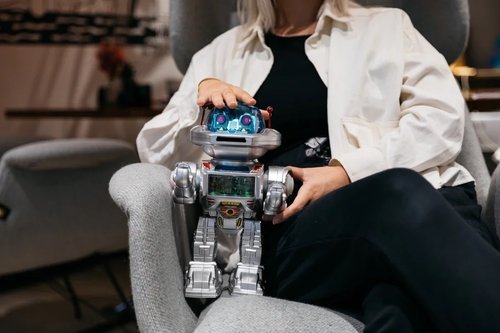
A recruiting revolution: why did NYC delay its landmark AI bias law?
AI ethicist Merve Hickok explains the ins and outs of NYC's new AI bias law—the first of its kind—and why it has been delayed until April 15, 2023.
Dec 26, 2022
The newsletter that does the job
Want to keep up with the latest articles? Twice a week you can receive stories, jobs, and tips in your inbox.

Looking for your next job?
Over 200,000 people have found a job with Welcome to the Jungle.
Explore jobs